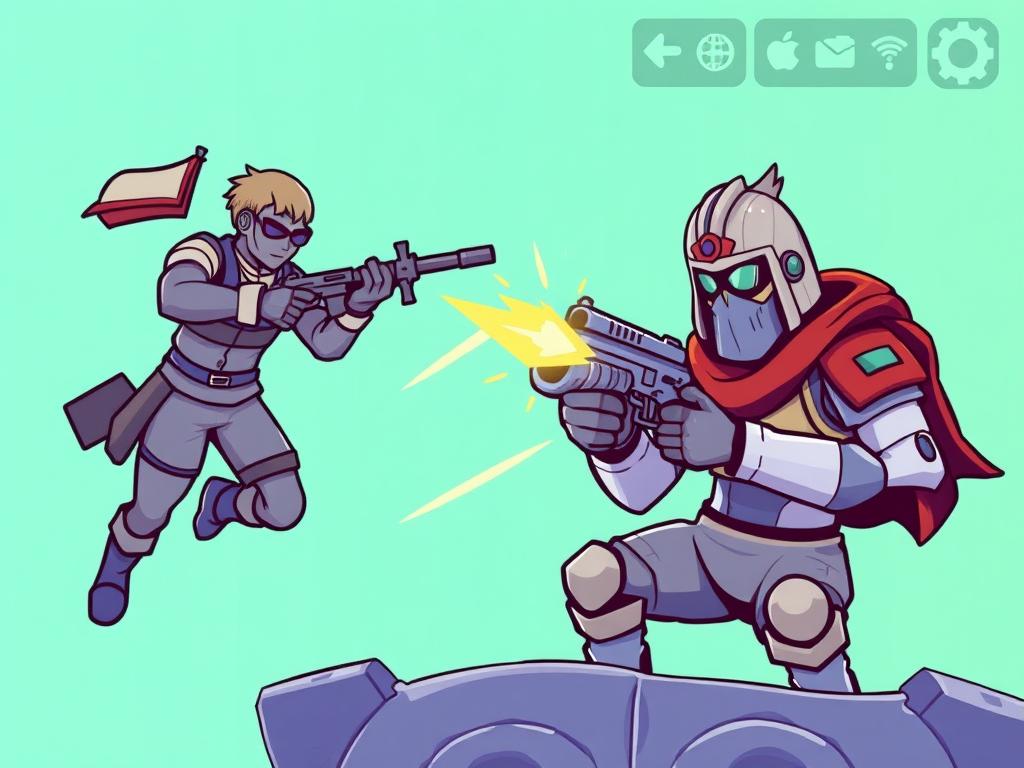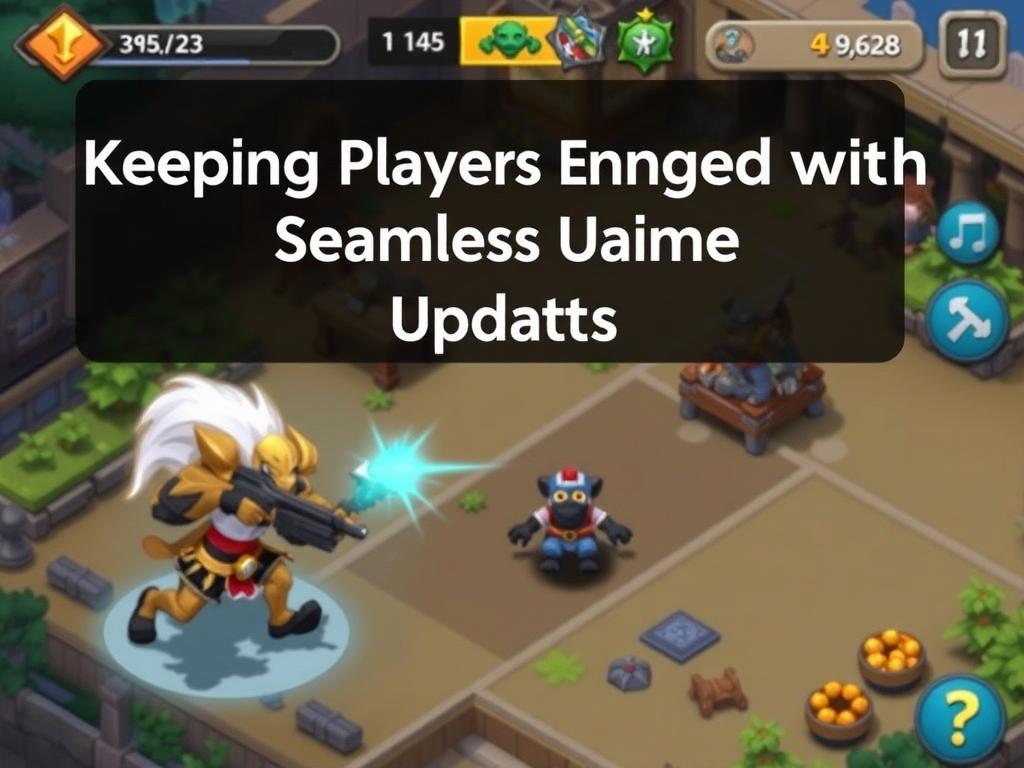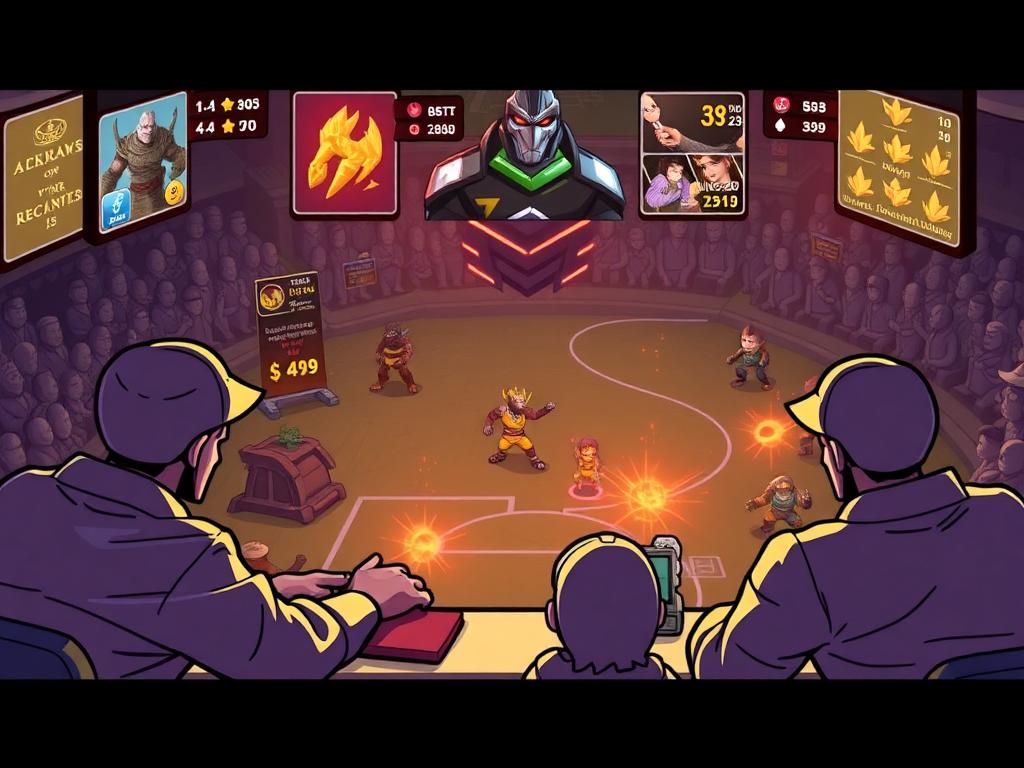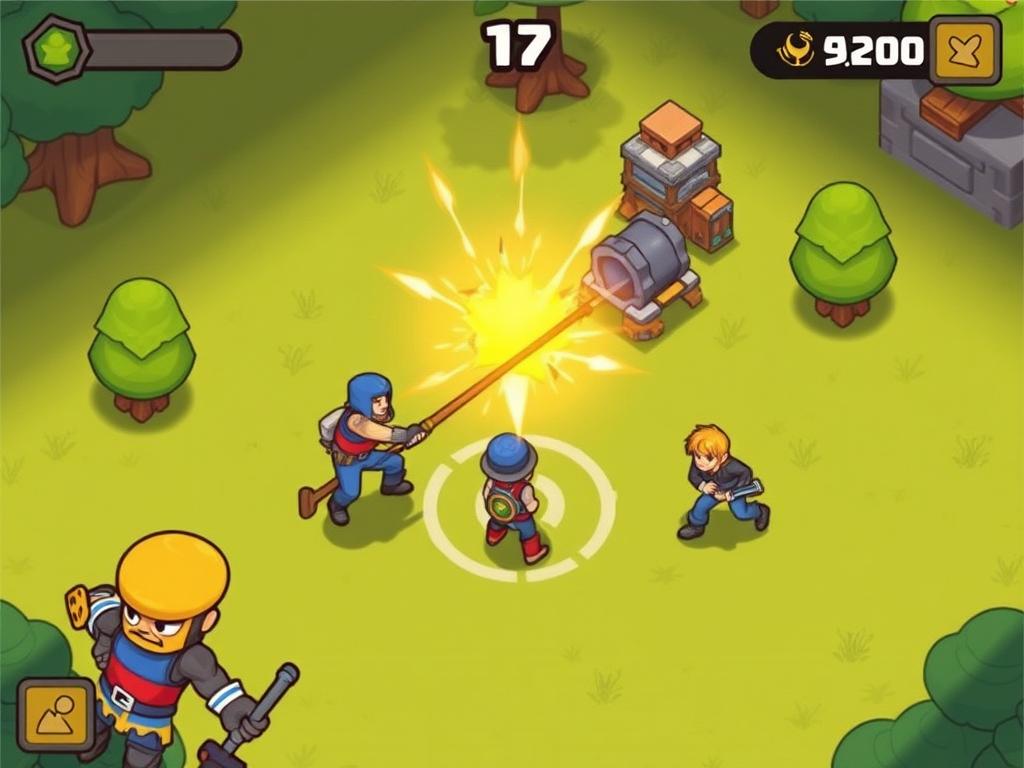In the fast-evolving world of video games, keeping players entertained and coming back for more is a constant challenge. One of the most effective ways to foster long-term engagement is through seamless game updates. But what makes these updates “seamless,” and why do they matter so much? When done right, game updates can refresh the player experience without disruption, maintaining excitement while enhancing gameplay. Whether you’re a developer or an avid gamer, understanding how to keep players engaged with seamless game updates unlocks the potential for a thriving community and a successful game lifespan.
Why Seamless Game Updates Are Crucial for Engagement
When players invest time and effort into a game, expectations for new content and improvements grow steadily. Seamless game updates allow developers to introduce new features, fix bugs, and balance gameplay without interrupting the player’s immersion. Imagine logging into your favorite multiplayer game during a tournament and suddenly facing several minutes of downtime or glitches after the latest patch. That kind of disruption can quickly sour the experience and cause players to look for alternatives.
Seamless updates reduce downtime, often by using techniques like hotfixes or incremental update layers that minimize loading and prevent forced restarts. These methods encourage continuous play, which is essential for keeping player retention high. Additionally, well-executed updates build trust, showing a developer’s commitment to improving the game without annoying players with heavy, intrusive downloads.
The Role of Hotfixes and Incremental Updates
Hotfixes play a significant role in ensuring stability and balance in real-time without waiting for the next big update. These quick patches address critical issues promptly, preventing frustration from unresolved bugs or exploits. Incremental updates, on the other hand, gradually introduce content such as new maps, skins, or events, reducing the burden on both bandwidth and player patience.
Here’s a quick overview of their differences and advantages:
| Update Type | Description | Benefits |
|---|---|---|
| Hotfix | Urgent fix applied to correct bugs or balance issues | Minimizes disruption, maintains game stability |
| Incremental Update | Small content expansions rolled out gradually | Reduces downtime, smooths transition to new features |
How Developers Can Design Updates That Players Love
Developers have a few key ingredients that make seamless updates not just functional but genuinely exciting for players. First, communication is essential. When updates arrive regularly and with clear patch notes, players feel informed and valued. Transparency about upcoming changes also helps manage player expectations and builds anticipation.
Next, updates should focus on variety without overwhelming the player. Here are some common update types that keep content fresh:
- New gameplay modes or maps
- Character skins and customization options
- Seasonal events and limited-time challenges
- Balance improvements or quality-of-life changes
By mixing these elements, developers can provide a dynamic experience that appeals to different kinds of players, from casual to competitive. Another critical point is performance: every update should be thoroughly tested to avoid introducing new bugs or causing crashes. Nothing disengages players faster than updates that break the game.
Leveraging Player Feedback for Effective Updates
Listening to the community is a powerful way to refine your update strategy. Players spend hours exploring every nook and cranny of a game, so their insights are invaluable for identifying what works and what doesn’t. Developers can collect feedback through surveys, forums, social media, or even in-game telemetry data. Adjusting updates based on player input sends a strong message that the development team cares about creating the best possible experience.
Balancing New Content with Stability
One of the trickier challenges in crafting seamless game updates is finding the right balance between introducing new content and maintaining a stable, bug-free environment. A flood of new features might generate buzz but can also bring unforeseen issues that undermine player enjoyment. Conversely, too few updates can make the game stale and obsolete.
Here’s a simple checklist that developers often follow to strike this balance:
- Prioritize fixing critical bugs before adding new features
- Implement new content incrementally to monitor impact
- Perform extensive QA testing before release
- Use beta or test servers to gather early feedback
- Maintain open channels for community communication
The Impact on Player Retention and Monetization

Seamless game updates don’t just keep players happy; they substantially influence a game’s financial success. Frequent, smooth updates sustain player retention by continuously renewing the reasons to play. This sustained engagement naturally leads to higher opportunities for monetization, especially in free-to-play models reliant on microtransactions.
Offering new cosmetic items and limited-time events gives players fresh ways to express themselves or challenge their skills. When these updates arrive seamlessly, players are more likely to spend in-game currency or real-world money confidently, knowing that the game is continuously supported and evolving.
Examples of Seamless Updates in Popular Games

To bring this concept to life, let’s look at a couple of examples where seamless game updates have made a memorable impact:
- Fortnite: Epic Games has mastered frequent, hassle-free updates, combining live events, new skins, and map changes without long server outages.
- Apex Legends: Respawn Entertainment uses hotfixes and incremental updates to tweak gameplay, release new Legends, and improve stability while keeping the game live and competitive.
- Genshin Impact: miHoYo rolls out substantial content updates every few months, paired with smaller quality-of-life patches that keep the sprawling RPG both fresh and stable.
These games highlight how a well-planned update roadmap with seamless delivery encourages thriving communities and long-lasting engagement.
Key Takeaways for Game Players

Understanding the value of seamless game updates helps players appreciate the effort developers put into their experience. Knowing that every patch aims to improve gameplay without interrupting enjoyment can make the wait for new content feel worthwhile. Players who engage with update notes and participate in community feedback forums often find themselves more connected and invested in a game’s evolution.
Summary Table: Benefits of Seamless Game Updates
| Benefit | Description |
|---|---|
| Enhanced Player Experience | Continuous gameplay without interruptions keeps players immersed |
| Improved Retention | Regular new content motivates players to return frequently |
| Community Trust | Transparent updates build confidence in the developer’s commitment |
| Monetization Opportunities | Fresh items and events increase revenue without alienating players |
Conclusion
Keeping players engaged with seamless game updates is both an art and a science. It requires balancing innovation with stability, swift problem-solving with thoughtful communication, and exciting new content with respect for the player’s time and investment. When developers master this balance, the result is a vibrant, enduring community where players feel valued and motivated to keep playing. From incremental patches to blockbuster expansions, seamless updates are the secret sauce that transforms games from one-time experiences into beloved worlds players return to day after day. Whether you’re a developer aiming to retain your audience or a gamer hoping for smoother gameplay, appreciating the power of seamless updates is key to thriving in today’s competitive landscape.

